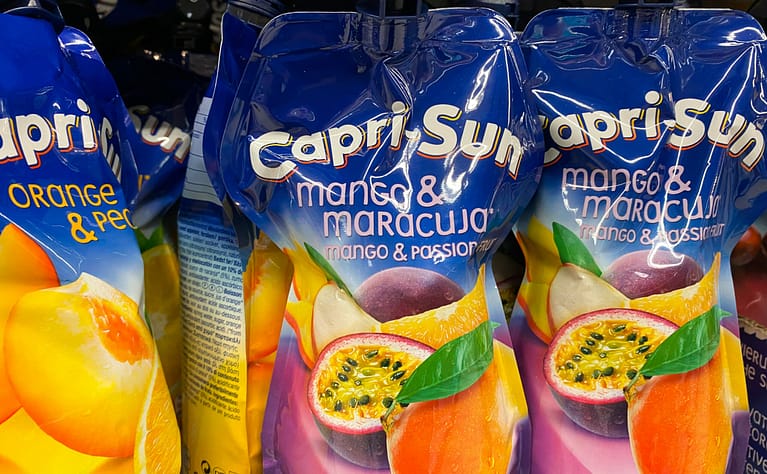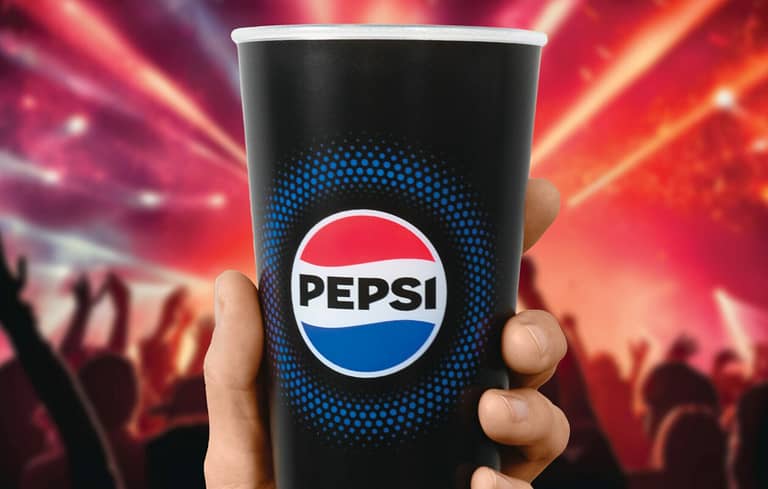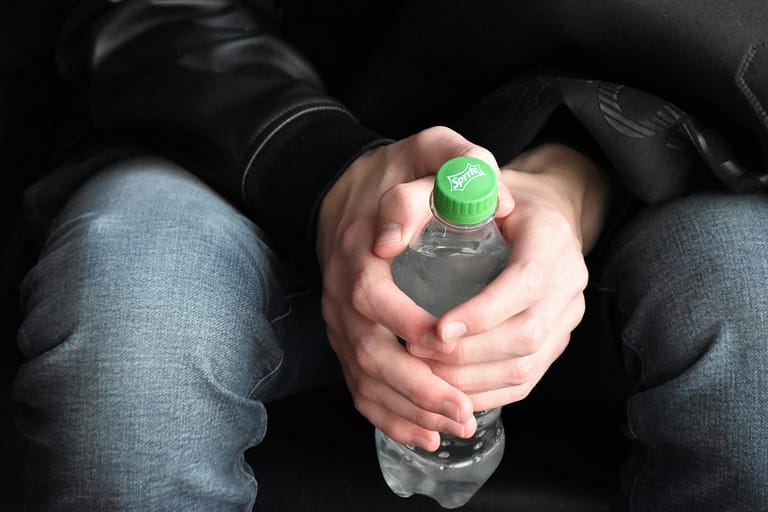Photo source: Unsplash
Next Level Paperization: paper bottles for the non-food market.
Thomas Reiner | 30.08.2021
Procter & Gamble is working with Paboco to develop a paper bottle that is 100 percent bio-based and recyclable for brands such as Lenor and Ariel. It will be tested in a Western European pilot in 2022. The innovation is another example of the dynamic progression of “paperization” in packaging. There is no end in sight as long as the plastic cycles are not closed. The key to even greater dynamism is a functioning, recyclable barrier – and the situation on the fiber raw material market.
Created in collaboration with “the paper bottle company” Paboco, the bottle is to be tested in a Western European pilot next year.
For some time now, major brands have increasingly been testing paper-based bottles. Previously limited to the food sector, Procter & Gamble, a consumer goods giant, is now venturing into the non-food market. As long as plastic cycles are not closed, the trend towards paper will continue. And the more fiber packaging can solve the barrier issue, the more dynamic the development will be.
The scarcity of wood as a raw material and the rising prices and availability of fiber materials could slow down the trend toward paper as a substitute for plastic.
The Lenor paper bottle
- Procter & Gamble calls the bottle “the first of its kind to be produced on a large scale, both in terms of its design and its technology.” It is made of sustainably sourced, FSC-certified paper, it says, and will initially feature a thin plastic barrier made from recycled PET.
- The bottle will be tested in a pilot trial in Western Europe starting in 2022. The company hopes its “test-and-learn” strategy will provide experience to increase the proportion of paper packaging in its portfolio on a larger scale.
- Procter & Gamble says it plans to integrate the barrier directly into the paper liner in future versions of the bottle. This will create a seamless, 100 percent bio-based bottle that can be fully recycled through the waste paper stream.
- P&G already uses recycled plastic for its Lenor brand with great success. Transparent bottles on the European market, for example, are made from up to 100 percent recycled material. The paper bottle is seen as the next step leading “into the promising future of bio-based packaging.”
- P&G has announced plans to reduce the use of virgin plastics by 50 percent by 2030. The Fabric Care Europe business has also committed to an absolute plastic reduction of 30 percent by 2025 and 100 percent recyclability by 2022.
Development partner Paboco
- Based in Denmark, “Paboco” describes itself as “The paper bottle company.”
- “Storing liquids in paper is a particular challenge, but its successful adoption could have great benefits for the planet,” says Paboco’s interim CEO, Gittan Schiöld.
- Paboco’s paper bottle technology is backed by a group of leading consumer goods companies and industry experts that includes The Coca-Cola Company, Carlsberg Group, The Absolut Company, L’Oréal, BillerudKorsnäs, ALPLA and now P&G.
- For Coca-Cola, Paboco presented the prototype for a Coca-Cola paper bottle last November. Currently, Coca-Cola is testing the paper bottle in cooperation with an online grocer in Hungary.
Plastic vs. paper
As a neutral observer of market trends, we have no fundamental preferences in the materials sector. But you don’t have to be a “fan” to recognize that, after the cup sector, paperization has long since penetrated other segments that were traditionally the domain of plastics. It is also clear that as long as the plastic loop is not closed, paperization will continue to gain momentum. The non-food sector is a logical next target. It is no coincidence that Unilever recently announced its intention to test its own paper-based detergent bottle.
Disruptive fire could come from a direction that has received little attention until recently. This is because the situation on the raw material market for wood is very critical due to the pandemic. It remains to be seen whether escalating prices and supply bottlenecks are only of a short-term nature. Otherwise, they could well slow down paperization to a winning degree.




